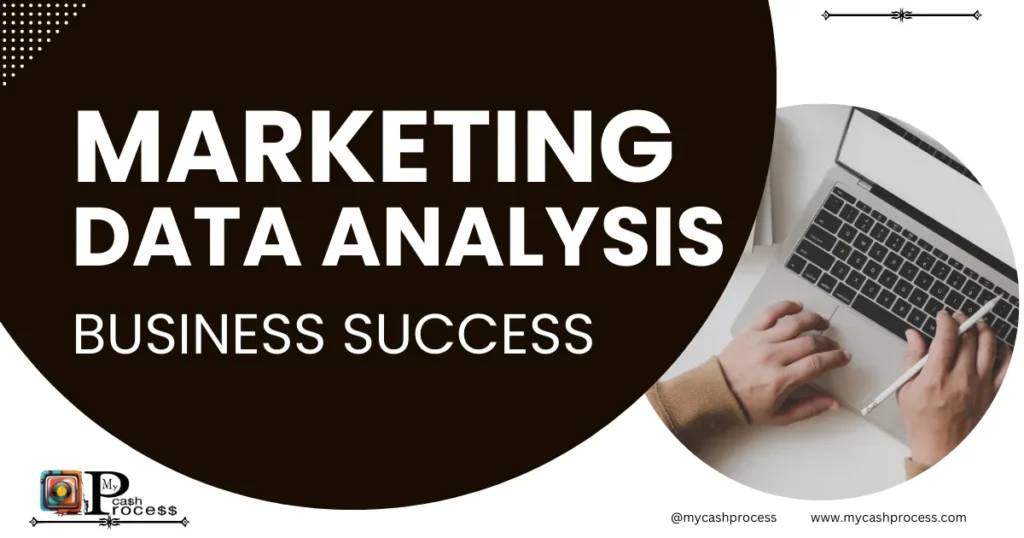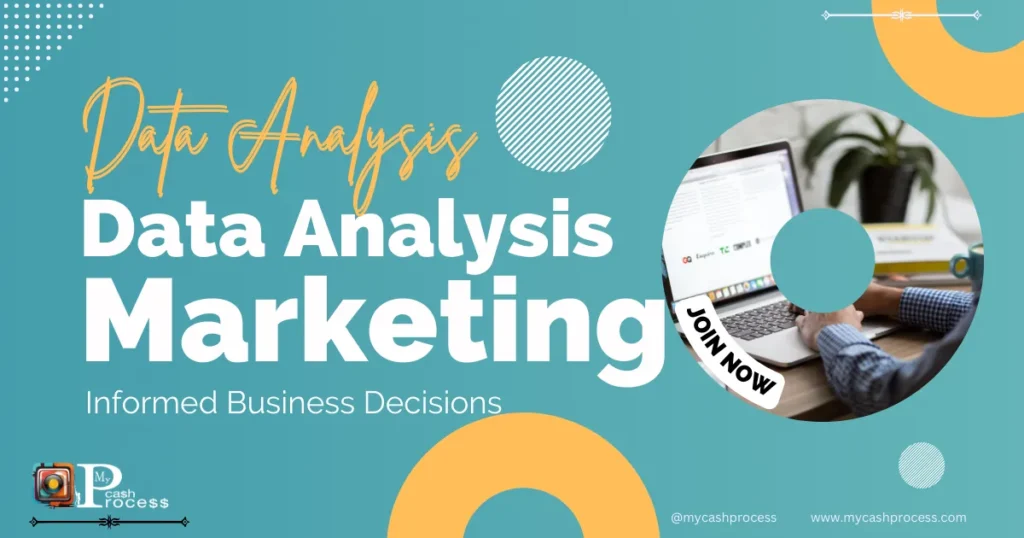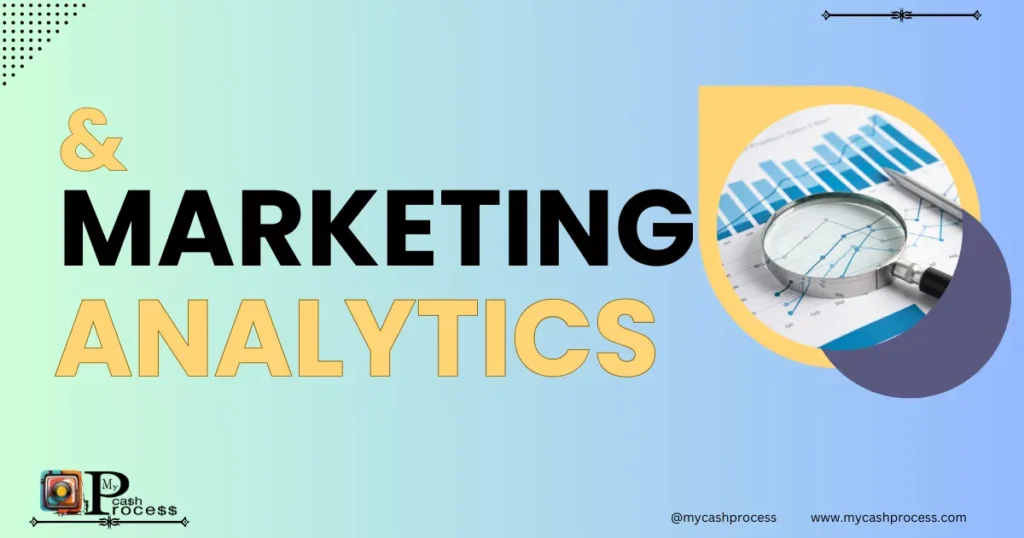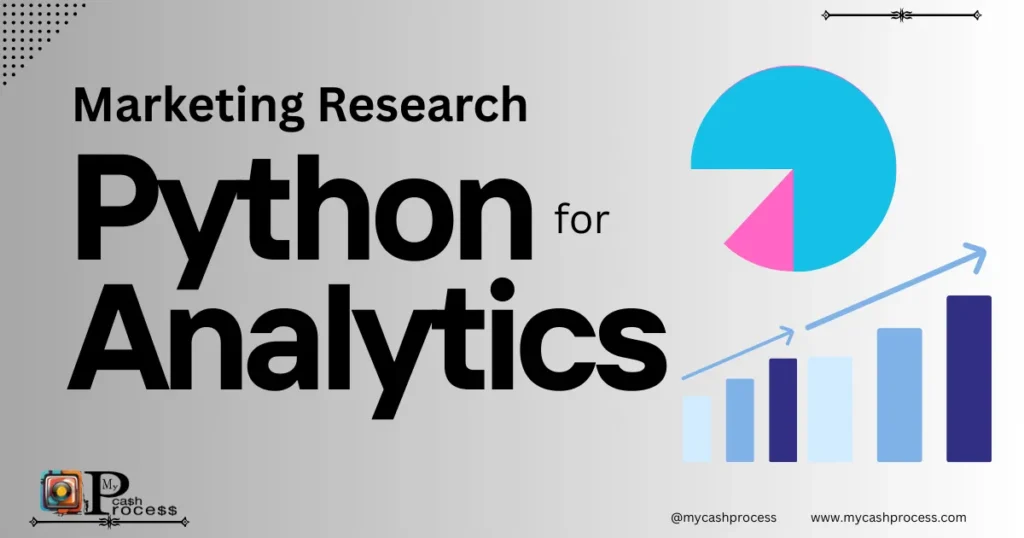Introduction
Marketing Data Analysis has revolutionized the way businesses make decisions and achieve success. In a data-driven world, the ability to collect, analyze, and interpret marketing data is vital for staying competitive. Companies leverage Marketing Data Analysis to gain insights, optimize strategies, and improve customer engagement. Whether you’re looking at customer behavior, market trends, or campaign performance, data is at the core of modern marketing strategies.
Today’s businesses use Marketing Data Analysis to answer questions like “What Role do Data Analytics play in modern sports marketing“ and how tools like PDF Python for marketing research and Analytics streamline complex processes. Additionally, advanced solutions like Realpage market Analytics cost offer insights into pricing and efficiency, making Marketing and Analytics inseparable from business success.
Quick Access Guide
Understanding Marketing Data Analysis
Definition and Core Concepts
Marketing Data Analysis refers to the process of examining, interpreting, and visualizing data to make informed marketing decisions. It involves the systematic application of statistical and analytical methods to marketing data, uncovering patterns and actionable insights.
Key principles include:
- Data Collection: Gathering relevant information from diverse channels such as web analytics, social media, and sales reports.
- Segmentation: Dividing data into meaningful categories, such as demographics, geographic regions, or behavior.
- Predictive Analytics: Forecasting future trends using past and current data.
These elements form the foundation for creating data-driven marketing strategies that deliver measurable outcomes.
The Evolution of Data in Marketing
The journey of Marketing Data Analysis began with manual methods of collecting consumer insights. Over time, technological advancements reshaped the landscape.
- Historical Perspective:
- Traditional methods like surveys and focus groups dominated marketing analytics in the 20th century.
- Early digital analytics introduced metrics like page views and click-through rates.
- Transition to Modern-Day Marketing Analytics:
- Tools such as PDF Python for marketing research and Analytics now automate data collection and analysis.
- Advanced platforms like Realpage Market Analytics have made Marketing and Analytics more accessible, reducing the barrier for entry.
Benefits of Marketing Data Analysis
Enhanced Customer Insights
One of the significant advantages of Marketing Data Analysis is the ability to gain a deep understanding of customer behavior.
- Examples of Personalized Marketing:
- Netflix recommends content based on user behavior.
- Amazon uses purchase history to suggest relevant products.
Such personalized experiences lead to stronger customer loyalty and increased revenue.
Optimizing Marketing Strategies
Marketing Data Analysis helps refine marketing efforts by identifying what works and what doesn’t.
- Data-Driven Campaign Adjustments:
- Adjusting ad placements to increase ROI.
- Enhancing email marketing strategies by analyzing open and click rates.
Case Study: A global beverage brand used Marketing Data Analysis to identify underperforming markets, reallocating resources to achieve a 30% revenue boost in targeted regions.
Techniques and Tools for Effective Marketing Data Analysis
Using Python for Data Analysis
Python is a powerful tool for marketers looking to enhance their data analytics.
- Introduction to PDF Python for marketing research and Analytics:
- This tool simplifies the process of analyzing and presenting data.
- Offers advanced capabilities like natural language processing and machine learning.
Popular Python libraries:
- Pandas: Data manipulation.
- Matplotlib: Data visualization.
- Scikit-learn: Predictive modeling.
Realpage Market Analytics
Realpage offers a specialized solution for real estate and market analytics.
- Overview of Realpage market Analytics cost and functionality:
- Subscription-based pricing tailored to user needs.
- Comprehensive dashboards for detailed analysis.
Benefits:
- Predictive analytics to forecast market trends.
- Efficient management of resources and budgets.
What Role do Data Analytics play in modern sports marketing
Challenges in Marketing Data Analysis
Common Roadblocks
Despite its advantages, Marketing Data Analysis faces several challenges:
- Data Quality Issues:
- Inaccurate or incomplete data can lead to flawed conclusions.
- Overcoming Data Silos:
- Data stored in separate systems creates gaps in analysis.
Strategies to Address Challenges
Organizations can overcome these hurdles through:
- Streamlining Processes for Better Data Flow:
- Implementing data integration tools to consolidate information.
- Leveraging Automation Tools:
- Platforms like Tableau and Google Analytics automate reporting and visualization, saving time and effort.
Applications in Modern Marketing
Sports Marketing
In recent years, sports marketing has experienced a transformative shift through Marketing Data Analysis.
- What Role does Data Analytics play in modern sports marketing?
- Analyzing fan engagement data to enhance audience experiences.
- Tracking player performance metrics for sponsorship valuation.
Real-world examples of analytics in action:
- FIFA uses advanced analytics to evaluate ticket sales and viewership trends, optimizing event management.
- The NBA applies predictive models to analyze game attendance patterns, boosting ticket revenue.

Broader Marketing Applications
The integration of Marketing and Analytics has paved the way for cross-industry applications.
- E-commerce:
- Personalized product recommendations powered by AI.
- Healthcare Marketing:
- Analytics in patient outreach campaigns improves engagement and care outcomes.
Case Study: An online retail company utilized Marketing Data Analysis to identify cart abandonment trends. By implementing targeted email campaigns, they recovered 25% of lost sales.
Key Metrics to Monitor in Marketing Data Analysis
Performance Indicators
Tracking performance indicators is crucial in Marketing Data Analysis:
- Conversion Rates: Measure the effectiveness of campaigns.
- Engagement Metrics: Analyze click-through rates, time spent on site, and bounce rates.
Benchmarking against competitors ensures that businesses stay ahead in their industry by regularly comparing metrics like social media performance and brand mentions.
ROI Analysis
Understanding the return on investment (ROI) helps businesses connect data insights to tangible results.
- Methods of ROI tracking:
- Attribution modeling to measure campaign contributions.
- Trend forecasting to predict long-term profitability.
Future predictions: Businesses employing AI-driven tools like Realpage market Analytics are expected to see a 40% increase in decision-making efficiency.
Future Trends in Marketing Data Analysis
AI and Machine Learning in Marketing Analytics
Emerging technologies are reshaping how Marketing Data Analysis operates.
- Examples of AI-driven insights:
- Chatbots analyze customer queries to optimize service offerings.
- Sentiment analysis tools gauging public opinion on social media.
Trends include:
- Real-time data processing for instant marketing adjustments.
- AI-powered personalization to deliver hyper-targeted campaigns.
Ethical Considerations
With great power comes great responsibility. Ethical practices in Marketing Data Analysis are paramount.
- Importance of Privacy and Transparency:
- Ensuring compliance with GDPR and other regulations.
- Balancing Innovation with Compliance:
- Developing frameworks that allow innovation without compromising data security.
The Role of Visual Data Representation in Marketing Analytics
Enhancing Comprehension Through Visuals
Visualizing data makes complex metrics easier to understand for teams and stakeholders.
- Tools like charts, heatmaps, and dashboards simplify trend identification.
- Infographics can summarize key insights for presentations or reports.
Tools for Visual Data Representation
Popular platforms include:
- Tableau: Known for creating interactive dashboards.
- Power BI: Ideal for integrating data from various sources.
Real-world Application:
Marketing teams use visual analytics to communicate campaign progress and optimize strategies in real-time.
The Importance of Team Collaboration in Data Analysis
Building Cross-Functional Teams
Marketing analytics often requires collaboration between different departments, such as:
- Marketing: To interpret data trends and align them with campaign goals.
- IT and Data Teams: To ensure clean and structured data flow.
- Sales Teams: To convert insights into actionable strategies.
Communication Strategies for Better Insights
- Regularly scheduled meetings to review analytics outcomes.
- Centralized platforms for sharing dashboards and insights.
Case Study: A cross-functional team that implemented collaborative analytics saw a 30% improvement in decision-making speed.
Leveraging Consumer Behavior Studies in Analytics
Understanding Psychological Triggers
Incorporating consumer behavior studies helps decode why customers make purchasing decisions.
- Factors such as social proof, urgency, and personalization play a major role.
- Using behavioral insights to segment audiences effectively.
Incorporating Behavioral Data into Strategies
- Aligning campaign messaging with identified triggers.
- Creating loyalty programs based on past purchasing patterns.
Example: A retail brand analyzed browsing behavior and adjusted website navigation, leading to a 15% increase in conversion rates.
Ethical Considerations in Marketing Analytics
Balancing Data Utilization with Privacy
As marketing analytics becomes more advanced, the need to handle data ethically grows significantly.
- Collecting only the data necessary for analysis helps maintain consumer trust.
- Transparency in data usage fosters better customer relationships.
Compliance with Regulations
- Adhering to global data protection standards like GDPR and CCPA.
- Implementing consent-driven data collection practices ensures legal compliance.
Building Ethical Guidelines for Teams
- Establishing clear rules for how data should be handled internally.
- Providing training for marketing teams on ethical data practices.
Example: A financial services company implemented strict privacy measures and saw increased customer trust, leading to higher engagement rates.
This section adds depth to the article by addressing the critical aspect of ethical responsibility, ensuring marketers approach data analytics responsibly and sustainably.
What Role do Data Analytics play in modern sports marketing
The Impact of Real-Time Data in Marketing Decisions
Understanding Real-Time Data
Real-time data refers to information that is updated instantaneously, enabling businesses to make swift, informed decisions.
- Examples include social media trends, live campaign performance, and customer interactions.
- Real-time data supports agile marketing strategies by highlighting opportunities and challenges as they arise.
Benefits of Real-Time Insights
- Improved Responsiveness: Quickly adapt campaigns based on performance metrics.
- Enhanced Customer Engagement: Tailor messaging to reflect current events or trends.
- Cost Efficiency: Allocate resources dynamically to maximize ROI.
Tools for Capturing Real-Time Data
- Google Analytics 4: Provides live updates on website activity and audience behavior.
- Hootsuite Insights: Tracks real-time social media engagement for immediate action.
Case Study: A global fashion brand leveraged real-time data during a product launch to identify a surge in interest from a specific region, leading to targeted promotions and a 20% increase in sales.
This section emphasizes the importance of leveraging live data for immediate decision-making, providing a modern perspective on marketing analytics.
Conclusion
Marketing Data Analysis is a game-changer in the modern marketing landscape, offering businesses the tools to uncover hidden insights and achieve exceptional success. By leveraging data effectively, businesses can not only optimize their strategies but also build stronger connections with their audience.
Warning
Pitfalls in Marketing Data Analysis:
- Over-reliance on flawed data: Misinterpretation of poor-quality data can lead to misguided decisions.
- Ignoring ethical standards: Failing to uphold data privacy can result in legal repercussions and damage to brand reputation.
Follow us on Pinterest, Twitter X, Facebook, Instagram, Quora, TikTok, Discord, YouTube, and WhatsApp Channel.
Advice
Actionable Tips for Improving Marketing Data Analysis:
- Invest in continuous learning and training: Ensure teams stay updated on the latest tools and techniques, including PDF Python for marketing research and Analytics.
- Regularly evaluate and update tools and methods: Adopt platforms like Realpage market Analytics to stay competitive.
FAQs
What is Marketing Data Analysis?
Marketing Data Analysis involves examining marketing-related data to uncover trends, patterns, and actionable insights that drive business decisions.
How does Python enhance marketing analytics?
Python offers versatile tools for analyzing data efficiently, including libraries like Pandas and Matplotlib, which simplify processes in PDF Python for marketing research and Analytics.
What is the cost-benefit of using Realpage Market Analytics?
While the Realpage market Analytics cost may vary, the benefits of predictive insights, efficiency in resource allocation, and enhanced decision-making far outweigh the expenses.




